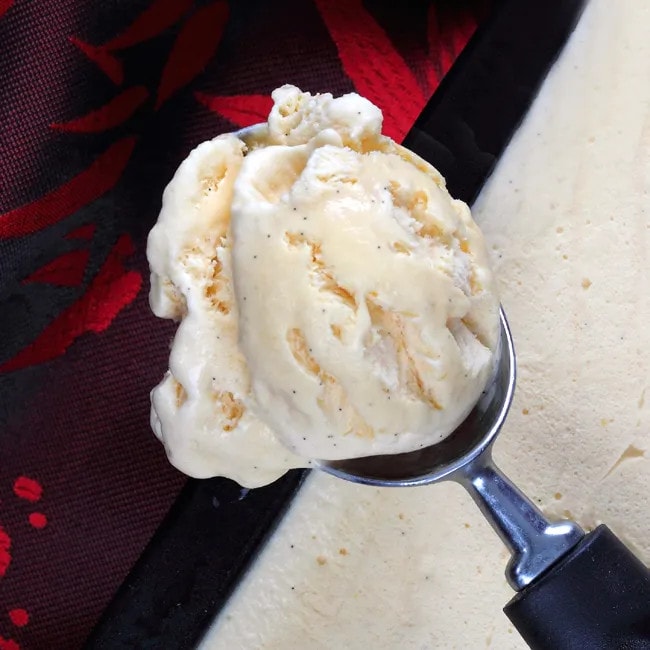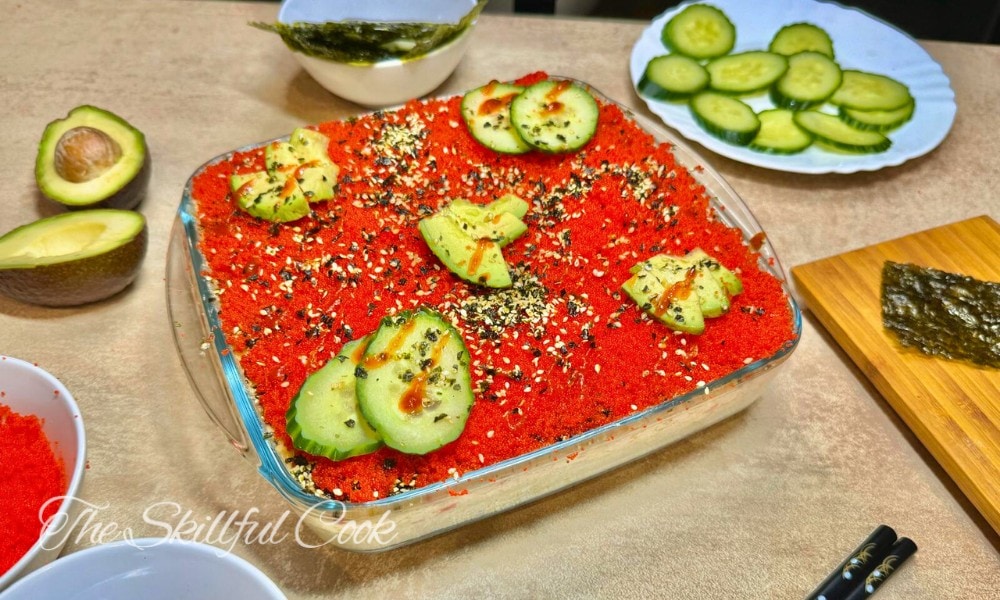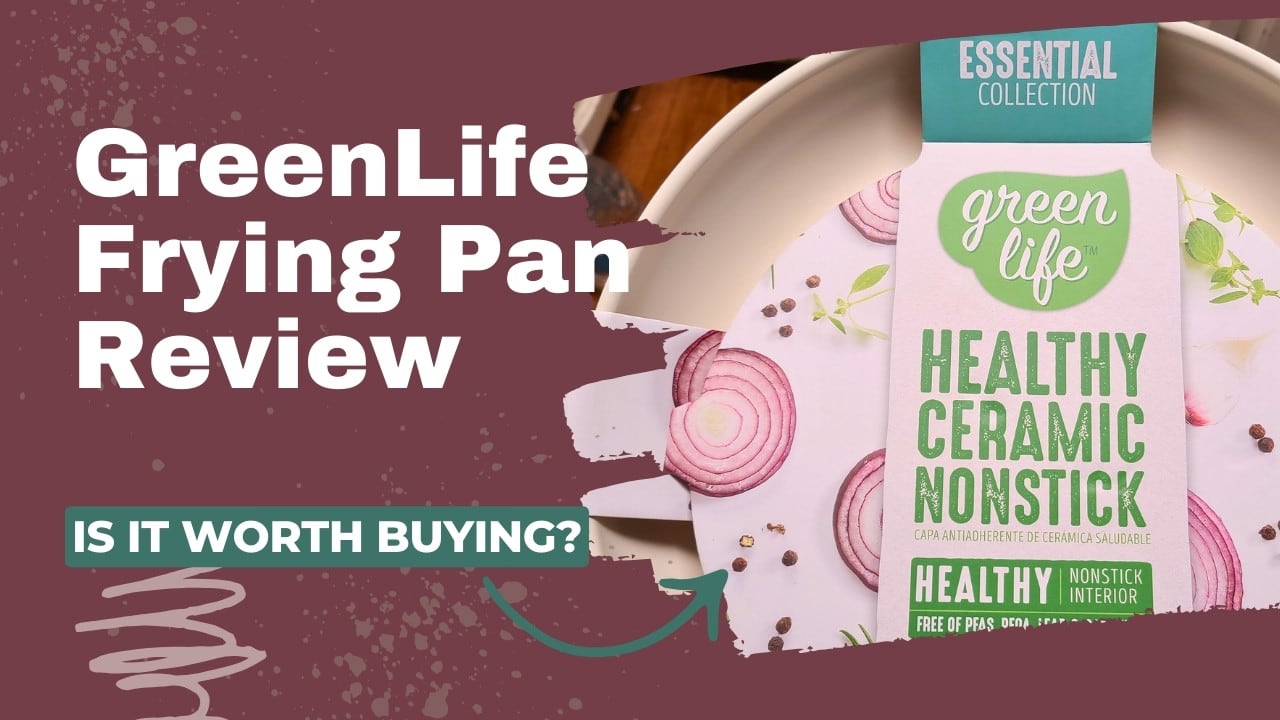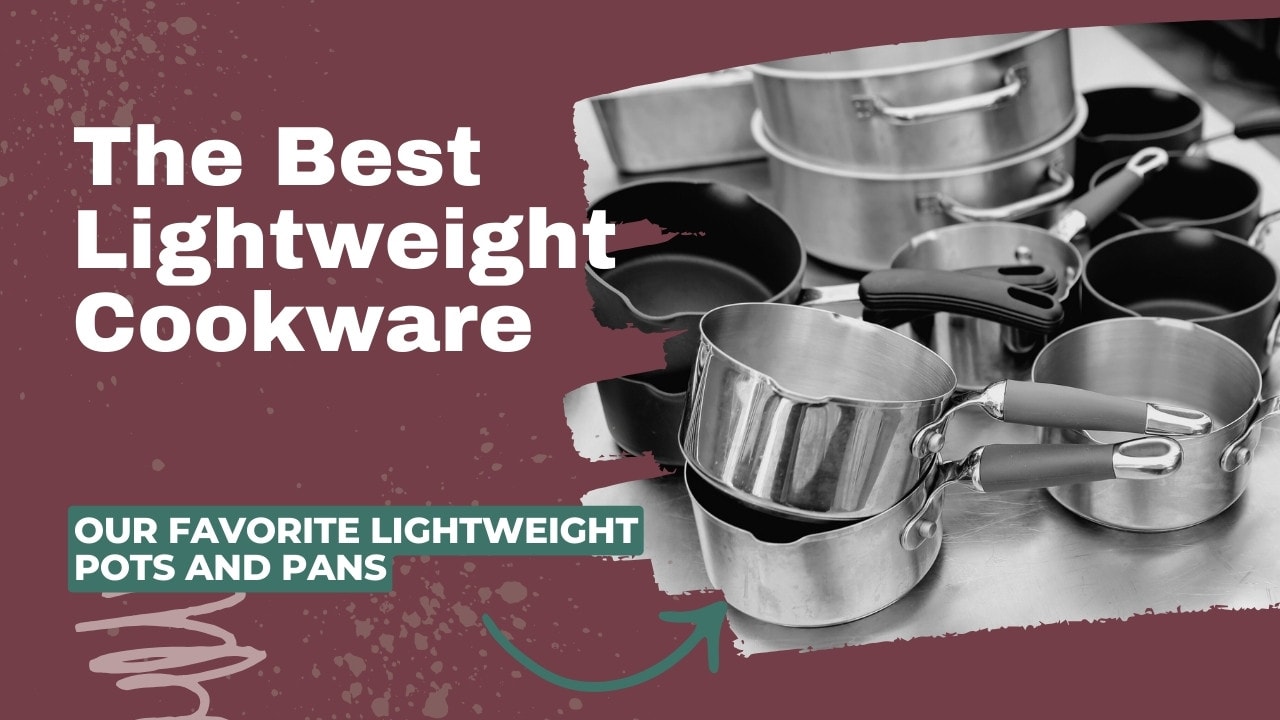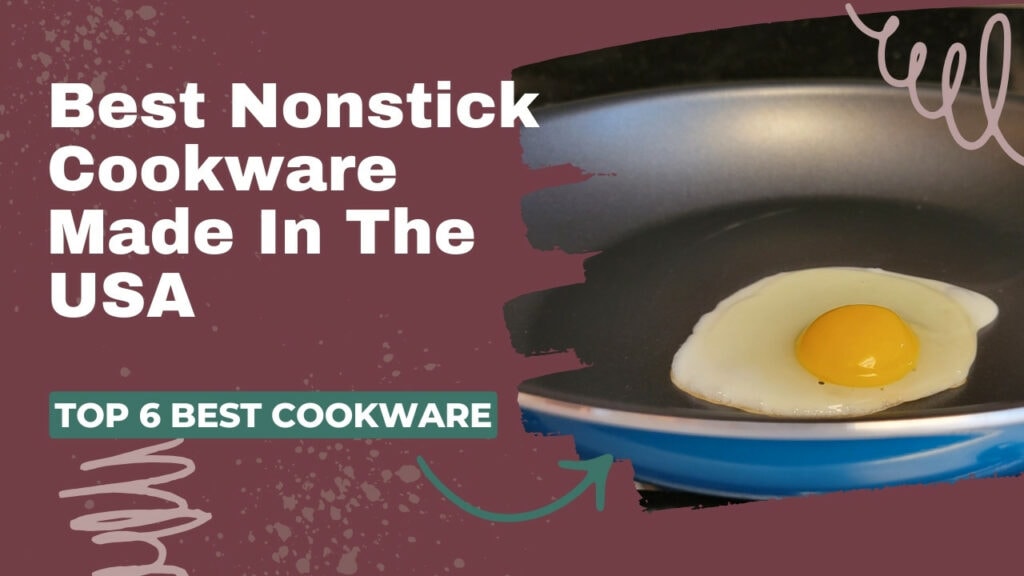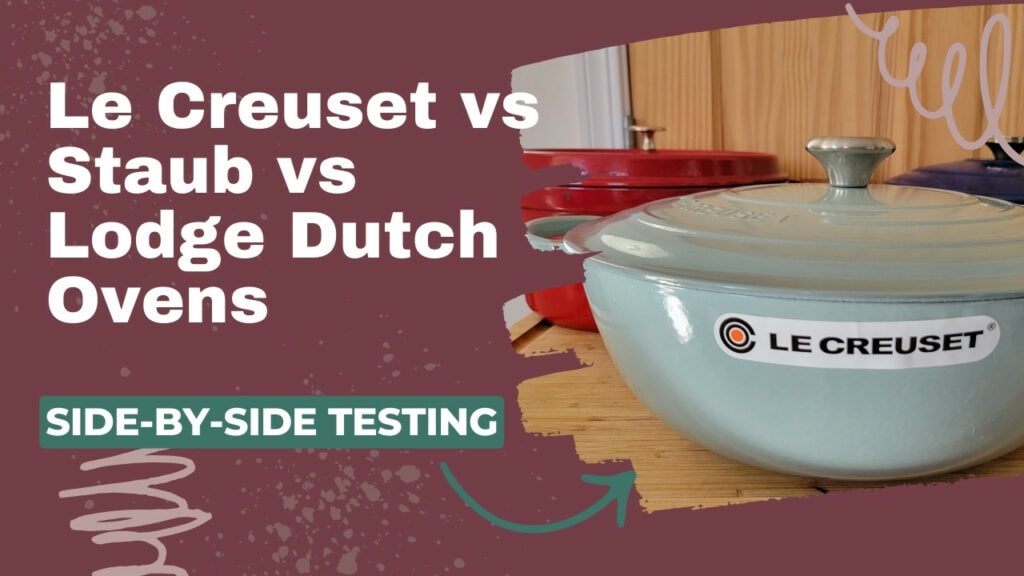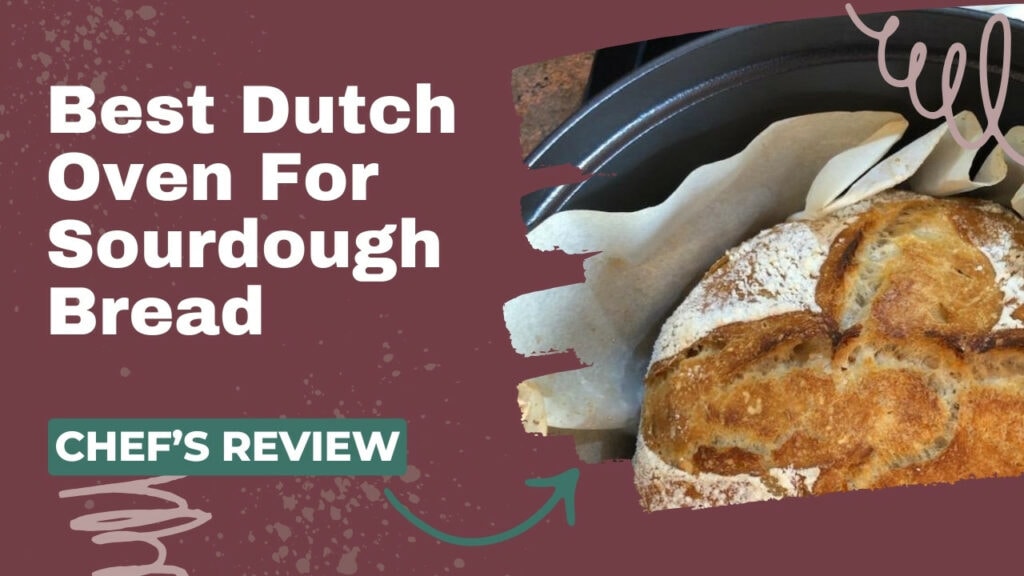Wow, this Vanilla Bean Ice Cream tasted so good I had to stop eating the mixture before I put it into the freezer!
This no-churn ice cream recipe is from one of New Zealand’s premier chefs – Ruth Pretty. I went to a food photography workshop at her gorgeous country cooking school a few months back, and she made this particular ice cream for us to photograph.. and eat! And then generously gave us the recipe. It’s sublimely silky, with a perfect level of vanilla sweetness to it. Di..vine..
After I made it, I began to get curious as to whether other ice creams were made the same way (i.e. a hot sugar syrup beaten into egg yolks, with whipped cream folded in before freezing). A bit of time on the internet was all I needed to find out that this wasn’t a standard ice cream recipe. After a bit more research – thanks to the book ‘Dessert University’ – I discovered that what I had made was, in fact, a parfait – not the layered fruit and cream concoctions we usually call a parfait, but the traditional French parfait – a frozen sabayon custard. It is apparently known for its light, airy consistency even when frozen – making it ideal for cooks who don’t have an ice cream maker. So, you learn something new every day…
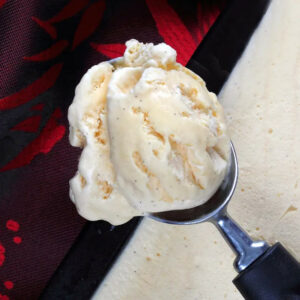
VANILLA BEAN ICE CREAM
Equipment
Ingredients
- 100 g sugar
- 75 ml water
- 1 vanilla bean, split in half lengthways
- 4 large egg yolks or 5 small ones
- 300 ml heavy cream, lightly whipped
Instructions
- Place sugar, water and vanilla bean in a small saucepan. Place over a medium-low heat and stir until the sugar is dissolved.
- Bring to a gentle boil on a medium heat and simmer until the syrup has small, even sized bubbles all the way across the pot (108⁰C/220⁰F on a sugar thermometer).
- Remove syrup from heat and allow to sit for 30 seconds. Remove the vanilla bean (you can wash, dry and store this for future use).
- Place egg yolks into an electric mixer and whisk for 1 minute.
- Gradually pour in the hot sugar syrup, whisking continuously – you may need to scrape down the sides of the bowl to prevent the build-up of syrup.
- Continue whisking until the mixture has cooled (you can tell by touching the sides of the bowl), at which stage it will be very pale and double its original volume. (Note: Even though the recipe didn’t call for it, I strained the mixture at this point, as I was a little concerned about any stray bits of cooked egg).
- Fold the whipped cream into the egg mixture and pour into a container with a lid suitable for the freezer (I used a loaf tin and covered it first in cling-film and then 3 layers of silver foil). Freeze overnight or for up to 1 week.

